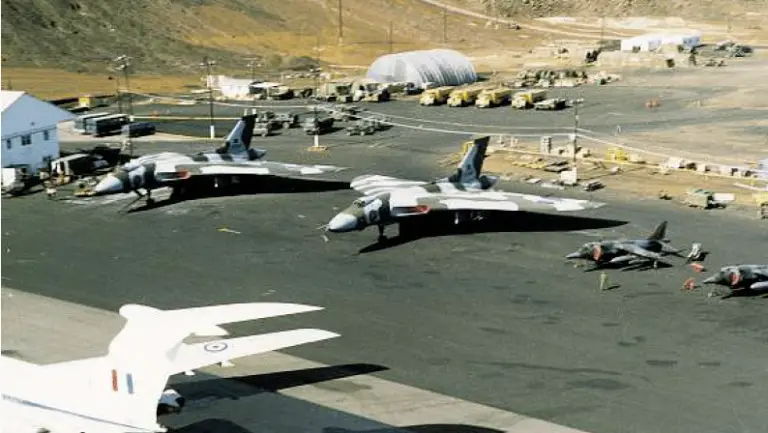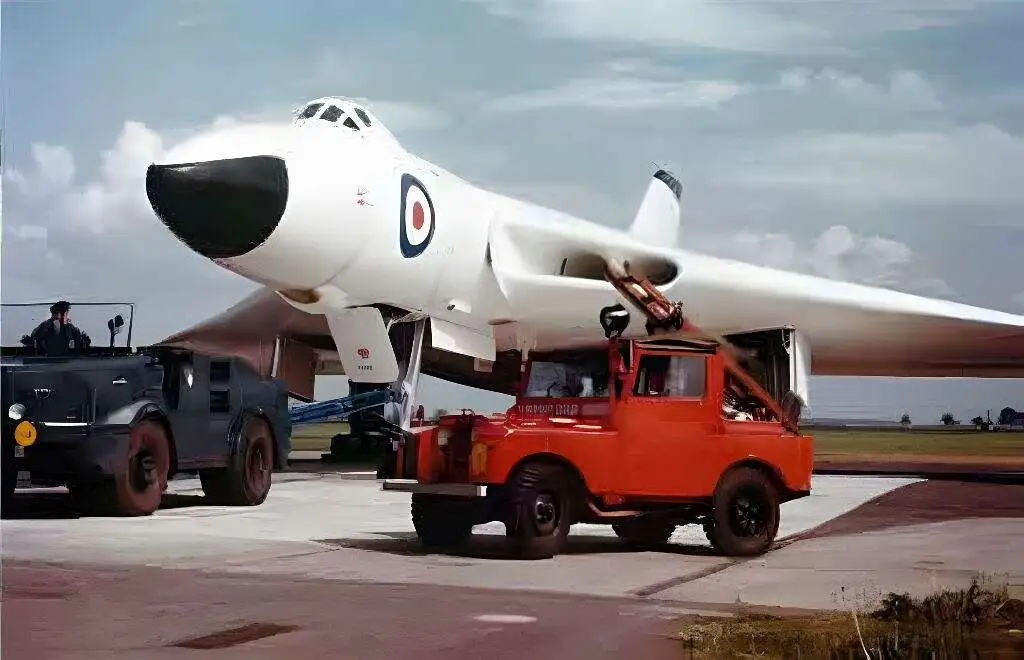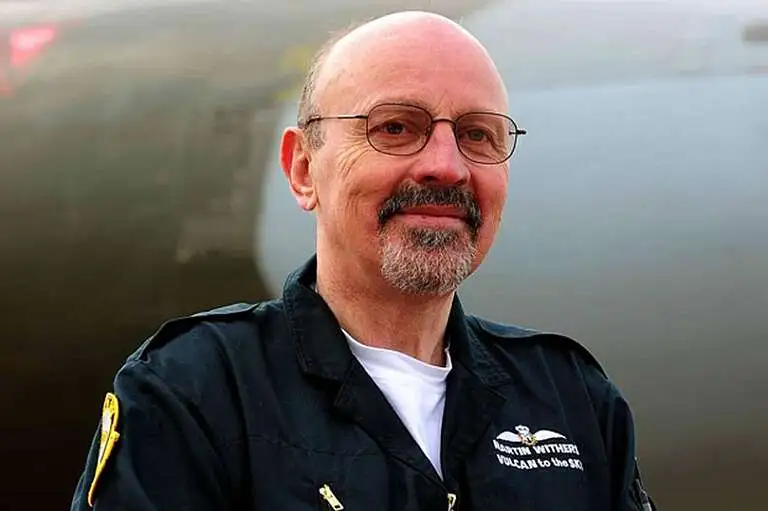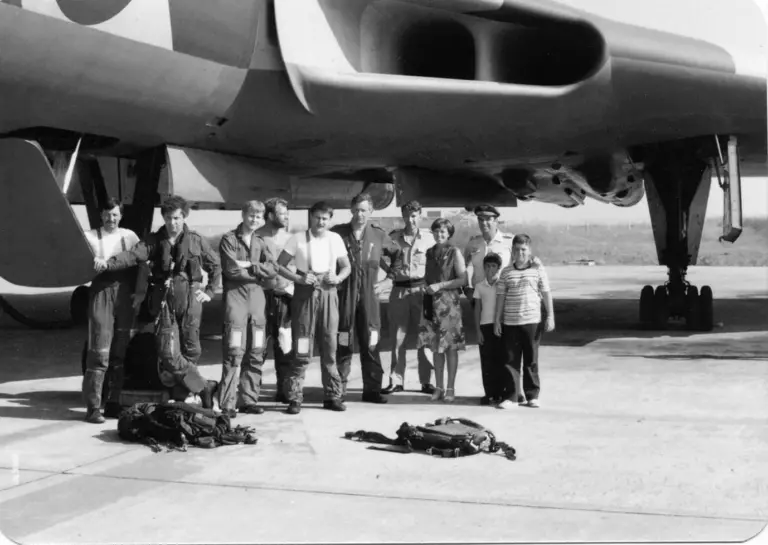
Falklands War 1982: Operation Black Buck
Operation Black Buck was a series of seven ambitious long-distance ground-attack missions conducted by the Royal Air Force (RAF) during the Falklands War in 1982.

From the time of their arrival into service at the Operational Conversion Unit (OCU), all the Vulcans were painted silver, but in April 1957 the first wearing the all-new white colour scheme arrived, and the earlier aircraft were gradually repainted.
The first Vulcan squadron to be formed was No. 83 at Waddington on 21st May 1957, with five crews from the first OCU course. The fully established 83 Squadron was also at Waddington but later units, No. 101 and No. 617, the famous ‘Dambusters’ were stationed at Finningley and Scampton respectively.
The 45th and last Vulcan B Mk.1, XH532, was delivered on April 30th 1959, but this aircraft was much improved over the earlier machines. These and later improvements were refitted into the earlier aircraft, with the main additions being a higher powered version of the Olympus engine, a large probe to allow in flight refuelling, and what was probably the most important addition, a large tail fairing containing electronic counter measures (ECM) equipment. This installation brought about the aircraft’s re-designation to the B Mk.1A.
In the 1950’s, in response to an Air Staff operational requirement, Avro designed a rocket propelled stand-off weapon which was designed to be air launched a hundred miles from its target. This weapon, the W100, was named Blue Steel and because of its lineage it is not surprising that the Vulcan was designated to carry it. The Mk.1 XA903 was used as a development aircraft for Blue Steel, together with a number of modified Valiants.
At 35ft long, 4ft diameter and 13ft wingspan Blue Steel could only be partly recessed into the Vulcan’s bomb-bay, and the lower tailfin was designed to fold to one side for ground clearance. Its Armstrong Siddeley Stentor rocket motor was fuelled by kerosene and High Test Peroxide (HTP). The latter was highly volatile and capable of self-igniting if contaminated, so protective suits had to be worn when handling.
The prospect of Stand-off weapons, advanced avionics and the enormous development potential of the Olympus engine brought about an extensive redesign of the Vulcan, and by March 1956 a contract had been signed covering conversion work on the second prototype, VX777, to Mk.2 standard. Work began in the following August, the most noticeable changes being the addition of new outer wing panels, adding 12 feet to the 99 feet wing span, and the change in control surfaces from 4 ailerons and 4 elevators to 8 elevons (which, as the name suggests, could operate as both aileron and elevator).
The prototype Mk.2 made its first flight on August 31st 1957 – once again just in time to take part in that year’s Farnborough Air Show, generating more than its fair share of interest..
The B Mk.2 introduction on to the Woodford production line started with XH533, and this aircraft made its maiden flight on August 19th 1958, even before some of the last B Mk.1s had taken to the air. The first seven B Mk.2s served as development aircraft with Avro and the Aircraft and Armament Experimental Establishment (A&AEE), with XH538 going out to the Woomera range in Australia for Blue Steel trials. The first B Mk.2 to be delivered to the RAF was XH558, flown on 1 July 1960 by test pilot Tony Blackman to 230 OCU at Waddington.

Operation Black Buck was a series of seven ambitious long-distance ground-attack missions conducted by the Royal Air Force (RAF) during the Falklands War in 1982.

Reproduced from The Vulcan(Club Magazine) 23 Apr 08 Martin Withers Recently, during one of her campaign speeches, I heard Hilary Clinton state quite simply about

On 2 April 1982, Argentina invaded and occupied the Falkland Islands. It was the beginning of a ten-week conflict that ended with the Argentines surrendering

It was a bright, sunny day at the Wroughton Airshow, the day Dr Robert Pleming first laid eyes on Vulcan XH558 in the late 1980s.